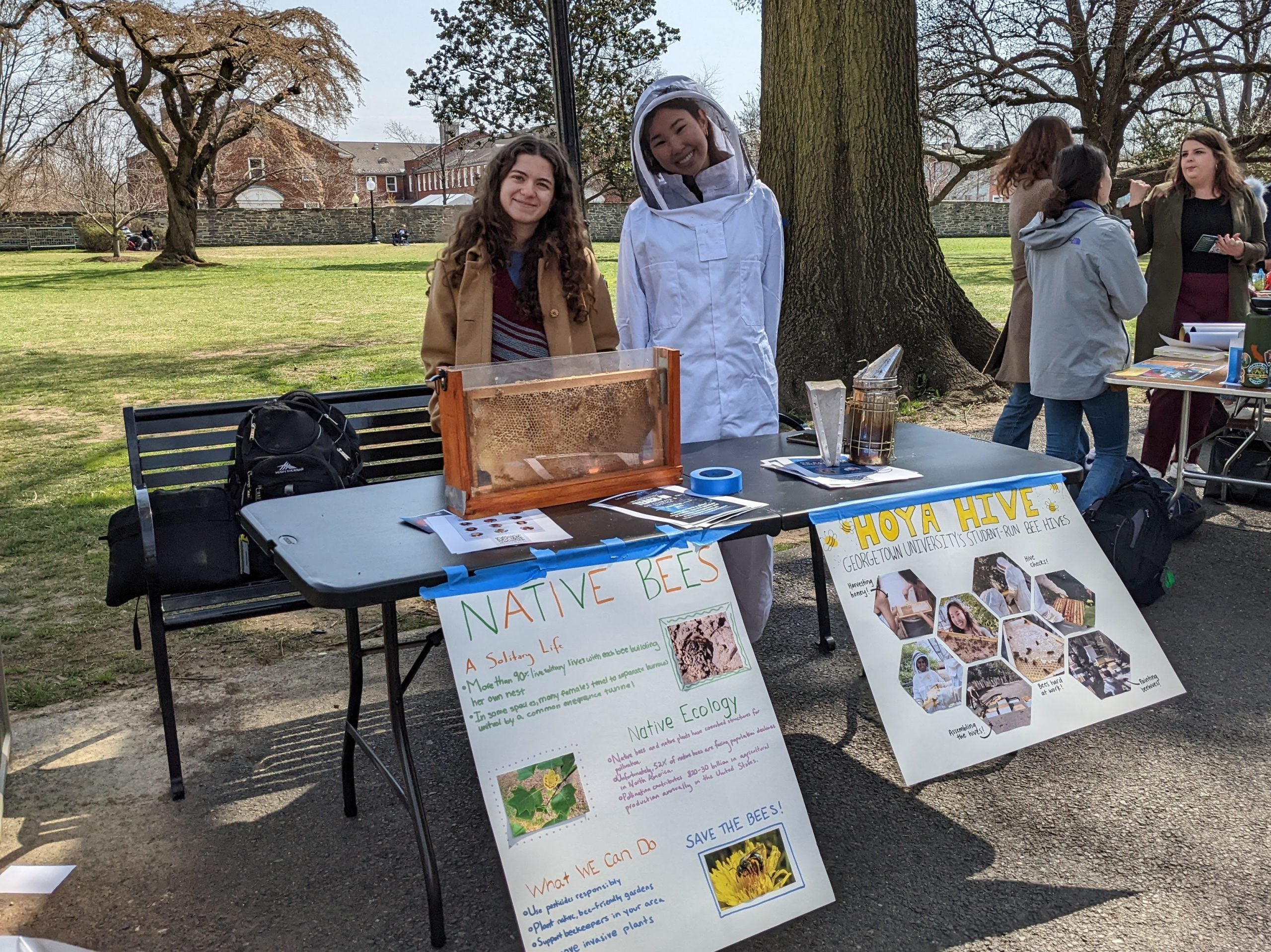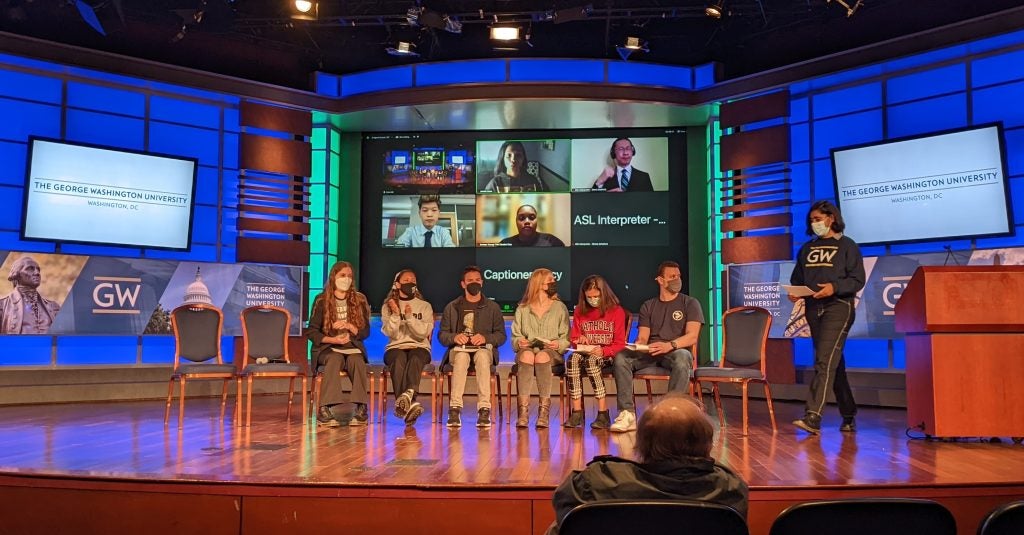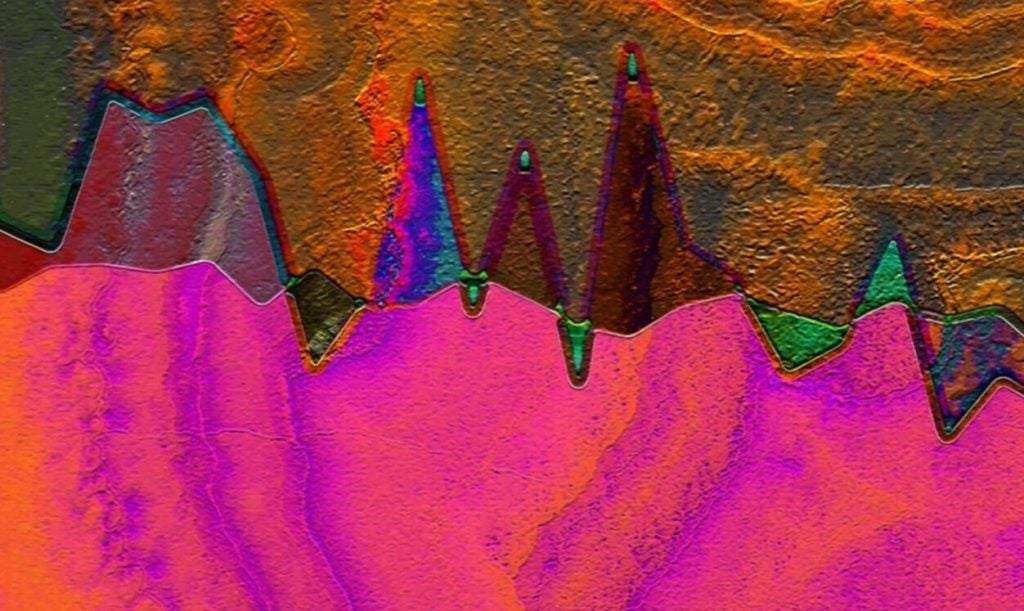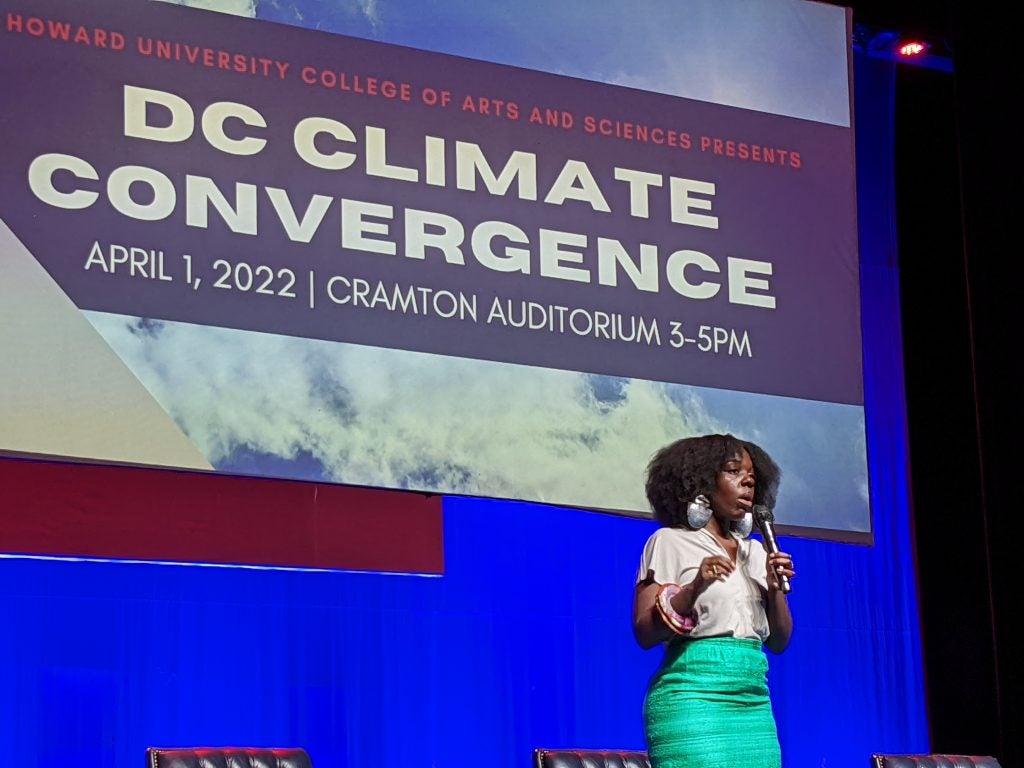The first event of the teach-in brought together student speakers from Georgetown’s DC and Doha, Qatar, campuses. Catie Malone (SFS’23) and Candice Powers (C’22) engaged in the dialogue between the students and reported on both campuses’ strategies for implementing environmentally friendly practices.
It was important to understand the unique, yet similar environmental and sustainability challenges that students and faculty see in both locations. In Qatar, for instance, [Senior Assistant Dean for Research Support] Dr. Kai-Henrik Barth spoke about his frustration with neighbors who power wash their automobiles each day, while student Dalva Raposo (SFS’24) — a sophomore in Doha — explained the difficulty of introducing clothing swaps to her peers who have never been exposed to thrift stores. Brook Hodge (SFS’24) contributed some of her personal findings after experiencing GREEN’s questioning regarding how to best encourage students to partake in clothing swaps on Georgetown’s main campus.[…] It was incredible to see students from the same school, yet half a globe apart, working through solutions to similar problems they were experiencing.
Students participating in the virtual event also had the chance to discuss progress they would like to see on their own campus, explained Malone and Powers. In small breakout groups, participants compared challenges unique to each campus, as well as the common obstacles to creating change.
It is essential that students and faculty alike don’t settle for mere showmanship, but rather push for lasting, institutional change from their universities. Georgetown has made significant progress and is showing increased commitment to acting on climate change, but there is still much to do.



